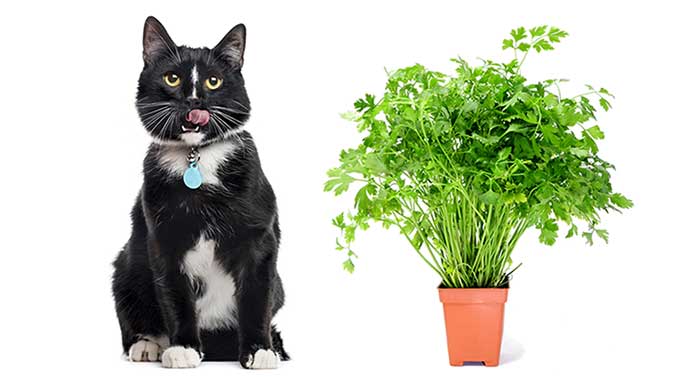Some kitties like to nibble at plants in the garden, some even have a preference for herbs. While some herbs can be safe for your cat, some might not be, it is important to know what you should allow your furry friend to eat and what you must curtail.
Is parsley safe, can cats eat them?
If you have a cat who likes parsley and you often find him or her scouting for it, there is nothing to worry about. You can let your pet eat it as long as it is in moderation.
Benefits of letting your pet eat parsley
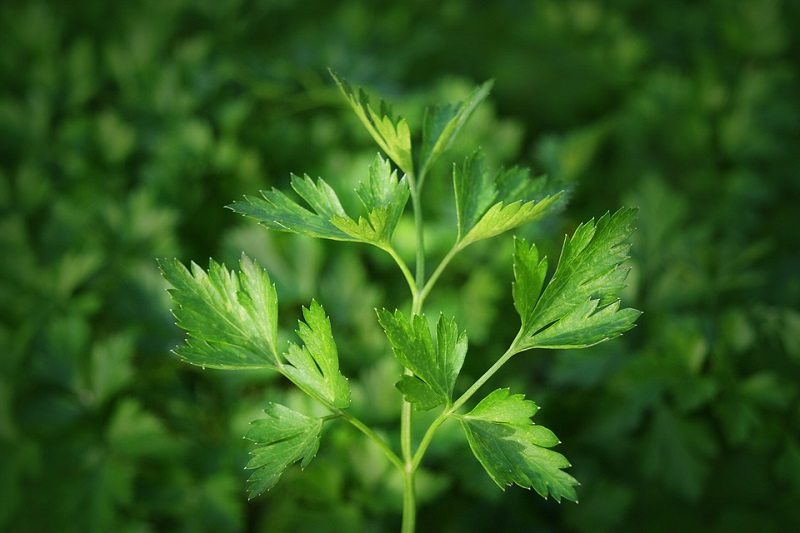
Parsley has found its uses in human medicine due to the vitamins and minerals it has, including iron, calcium, and vitamins C, A, and E among other beneficial aspects. Parsley helps in digestion, to treat anemia as well as kidney ailments. In cats especially, parsley has been effective in supporting urinary tract health because this herb has antifungal properties which help in fighting infections. It is a key ingredient in many health supplements for cats for the above-mentioned reasons. The root is high in potassium and can be used as a laxative, diuretic, and eyewash. If eaten raw, the leaves help in alleviating bladder problems and also make breath fresher. Parsley is an incredible herb because of the nutrition it is packed with. Fresh parsley is packed with potency and hence, can be served with your cat’s meal as a garnish. The fresh taste of this herb is enjoyed by most cats and you may not need to coax them to try it. Parsley also promotes the secretion and production of urine. It can be used to treat cystitis, obesity, water retention, Edema, and other types of skin infections.
Grow the herb on your own
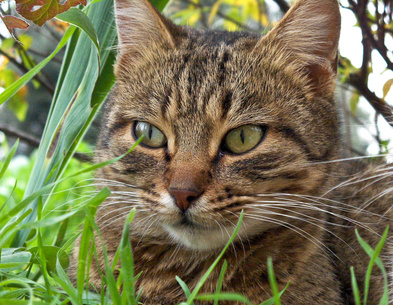
Parsley can be grown in most soil conditions as long as there is enough sun and partial shade. This plant will take some time to germinate, typically, it takes around six weeks. The process can be sped up by soaking the seeds in water before sowing for 24 hours. The seeds are to be directly sown into the ground in early spring when the soil reaches 50F. The seeds need to be frequently watered to speed up germination and the plants need to be 8 inches apart. Fresh parsley is potent compared to the dried version of it. It can be snipped and used as per your requirement. Drying it is an easy process as well, the plant needs to be hanged and the dry leaves can be crumbled by hand. Storing it is easy, just put the leaves in a well-sealed glass container.
So, as you can see, you can grow parsley yourself, harvest it yourself, or make matters easier, you can choose to buy a plant from a local supermarket. Freshly obtained parsley has everything from enzymes, vitamins, minerals, and essential oils. This is a fresh herb that can be shredded, chopped, minced, or grated in order to add to your pet’s food.
Ways in which you can add parsley to your cat’s diet
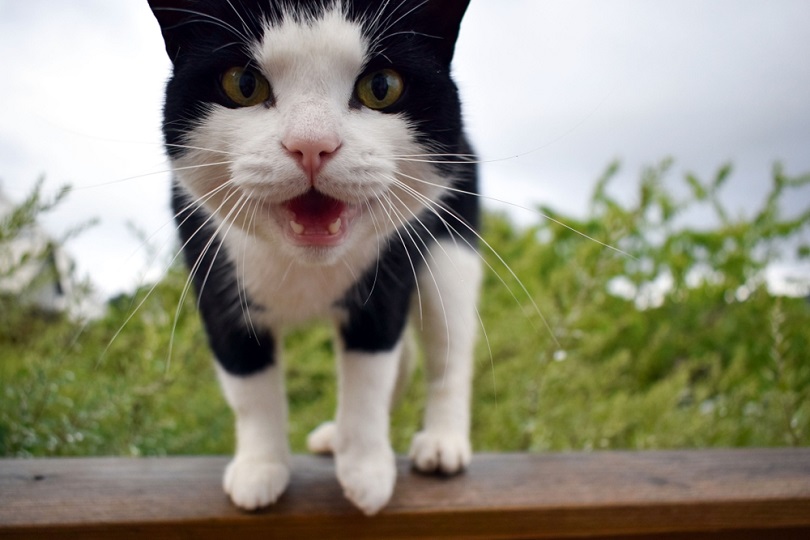
Fresh parsley puree – Fresh parsley can be added to the blender and you will have a puree ready to add to your cat’s regular food. Cats might initially be reluctant to accept new flavors. It is recommended to try with a small quantity and gradually increase the amount till you reach up to 1 teaspoon that you can feed your pet two or three times a week.
Parsley water – This is another form in which you can get your cat to try parsley. It works as a urinary-tonics that works for parasite prevention as well. How this can be made is by adding parsley leaves to a pan of boiling water and once the leaves a strained, the water can be cooled and infused with other foods or drinks.
Few dangers to be aware of…
Spring Parsley Poisoning – This is a species of perennial shrub, native to the western parts of the United States. Gardeners have been known to cultivate this for decorative purposes. This species of parsley is extremely toxic and the chemicals that it contains are toxic to humans and animals alike. Cats are not an exception and that is why it is important to ensure the type of parsley ingested is safe. Owners need to be observant to check for symptoms because the symptoms of this kind of poisoning are dangerous to a cat’s health. Owners need to seek veterinary help the moment they notice a problem.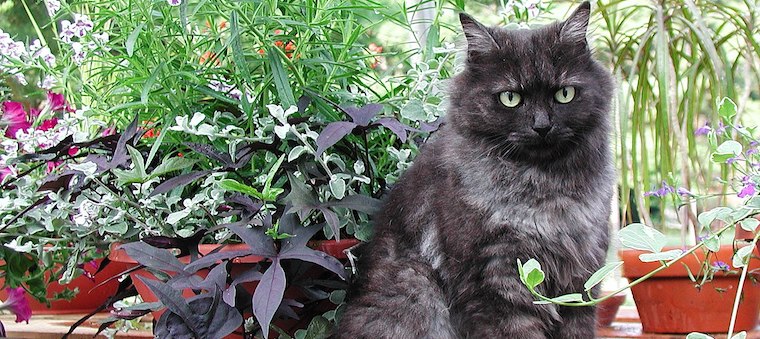
One of the symptoms of this condition is photosensitivity. Cats begin to exhibit signs of visual sensitivity is heightened. How this presents itself is you will see your cat avoiding bright lights and it will try to remain in the darker portions of the house to avoid sunlight. Photosensitivity can cause blistering, open sores, and irritation that is of great discomfort to cats. If the eyes get affected, then there will be permanent scarring and there will be a massive impact on the quality vision of the cat for the rest of its life.
The chemicals within spring parsley can also result in inflammation of the throat and nose. Observable swelling and redness around the lips and the nose is another sign of irritation. This will become quite apparent depending on how much the cat has eaten. Additionally, Phytophotodermatitis (a painful rash) also might appear as a result of this on the animal’s skin.
Safe inclusion of herbs in your cat’s diet
Always consult your vet before you start adding supplements to your cat’s diet, even if it is from a natural source. If your cat is already on medication, introducing something new could interfere with the medication’s effects. A vet is the best person to tell you what kind of effects to expect when you introduce parsley in its diet (or any other kind of herb.) If all is well and you get the green signal to start adding parsley to your cat’s diet, ensure what you give him or her is organic and not packaged, to avoid any other side effects.
A side caution to keep in mind is to avoid giving pregnant cats parsley.
